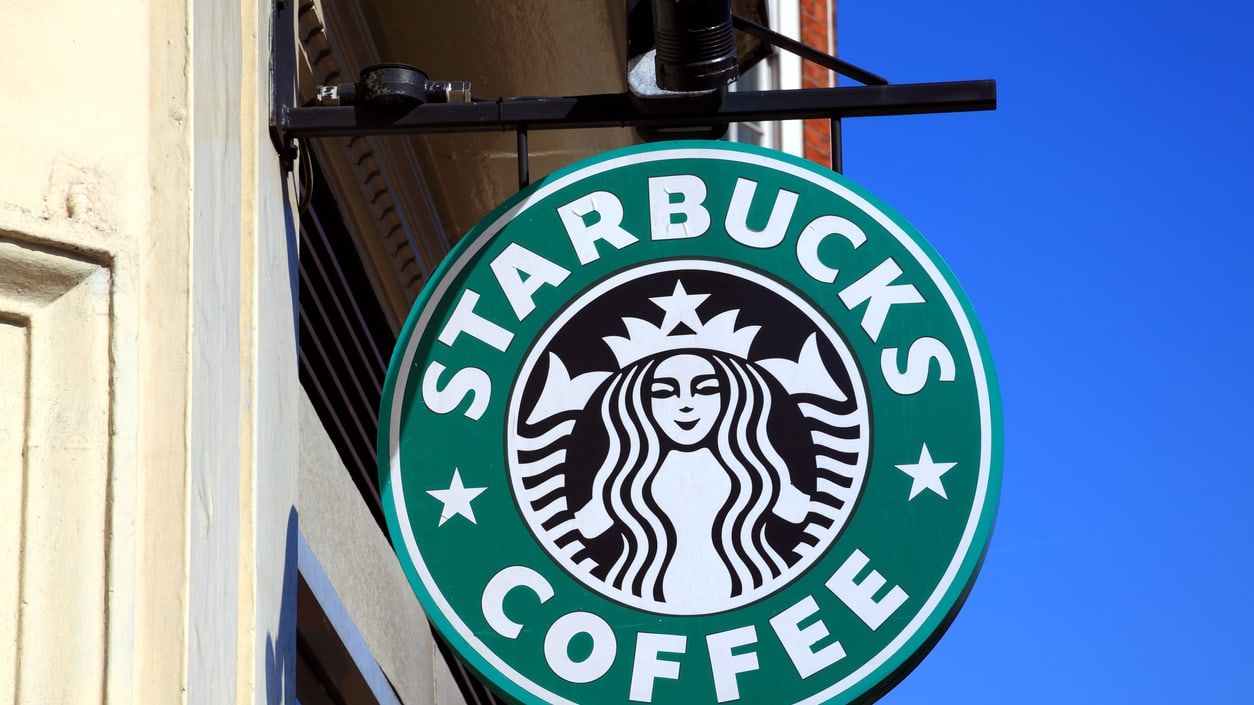Starbucks argued before the U.S. Supreme Court on April 23 that an appeals court applied an incorrect, lenient standard when it affirmed a preliminary injunction against the coffee store chain. The case, brought by the National Labor Relations Board (NLRB), involved allegations that Starbucks had interfered in union activity.
Firing of Union-Organizing Employees
In the case that was initially before the district court then affirmed by the appeals court, an NLRB regional director issued an unfair labor practice complaint against Starbucks. Seven Starbucks workers were fired following their union-organizing efforts at a Memphis, Tenn., store. Starbucks said the employees were fired for violating company policy. While the NLRB proceedings were pending, the regional director filed a petition for temporary relief on behalf of the board.
The district court granted the petition in part. The court found sufficient evidence to support the agency’s claims that Starbucks had interfered with its employees’ union activity and had discriminated against employees to discourage union membership.
The court also determined that a temporary injunction was just and proper and ordered Starbucks to rehire the workers. The court said that Starbucks’ conduct—including firing more than 80 percent of the union-organizing committee at the Memphis store—had discouraged and eroded support for a unionization movement. Starbucks appealed the decision.
In a brief to the high court, Starbucks maintained that the appeals court applied a relaxed two-factor standard for so-called Section 10(j) injunctions, rather than a more stringent four-factor test that it should have applied.
Under the four-factor test, the party seeking a preliminary injunction must show that:
- They are likely to succeed on the merits.
- They are likely to suffer irreparable harm in the absence of preliminary relief.
- The balance of equities tip in their favor.
- An injunction is in the public interest.
Starbucks’ Arguments
All that mattered before the appellate court, according to Lisa Blatt, an attorney with Williams & Connolly in Washington, D.C., arguing on behalf of Starbucks, was whether any facts supported a nonfrivolous legal theory and whether there was harm, not whether that harm was irreparable.
“Preliminary injunctions are extraordinary and drastic remedies,” Blatt said. “Here, the board seeks a coercive injunction backed by contempt sanctions, and the board seeks the very same injunctive relief that it would get if it won the case. Such relief is highly inappropriate absent a clear showing under all four factors.”
She added that the public interest is not served by “putting a scarlet letter on an employer and having them just live under an injunction that they violated the act based on a nonfrivolous legal theory, with not even their side of the evidence being heard.”
Justice Sonia Sotomayor noted that the government said in its brief that when applying the two-part test, the success rate at getting preliminary injunctions is 61 percent. “So it’s not a rubber stamp,” she said.
“We’re saying that’s because, in the two-part test, the overwhelming [number of] cases settle,” Blatt said. “The fortitude of those employers that fight on is probably because they have a good case. But whether or not they win or lose, it should be the right test.”
Government’s Arguments
“On harm, the question is not whether there is a certainty of harm. The question is whether there’s a likelihood of harm,” said Austin Raynor, assistant to the Solicitor General with the U.S. Department of Justice in Washington, D.C., arguing on behalf of the NLRB. The appeals court’s test was “fully consistent with this court’s precedents,” he said.
“We agree that not all unlawful discharges necessarily show irreparable harm,” Raynor added. “The question that the board looks at and the question that we think the court should look at is whether that extinguishes the momentum of the union drive or impairs it in such a serious way that an order from the board a year or two down the road won’t be able to restart the drive.”
He said that each year the board files seven Section 10(j) petitions for injunctions out of 20,000 unfair labor charges filed with it annually. “We think that a court can properly take account of that in trying to make a predictive judgment about how the board is going to come out,” Raynor said.
However, Justice John Roberts said he didn’t know why the inference “isn’t the exact opposite—that these are the ones that you really feel that you’ve got to put the best behind them because these are the ones that are going to end up in court, the ones that are most vulnerable.”
Advertisement
An organization run by AI is not a futuristic concept. Such technology is already a part of many workplaces and will continue to shape the labor market and HR. Here's how employers and employees can successfully manage generative AI and other AI-powered systems.
Advertisement



